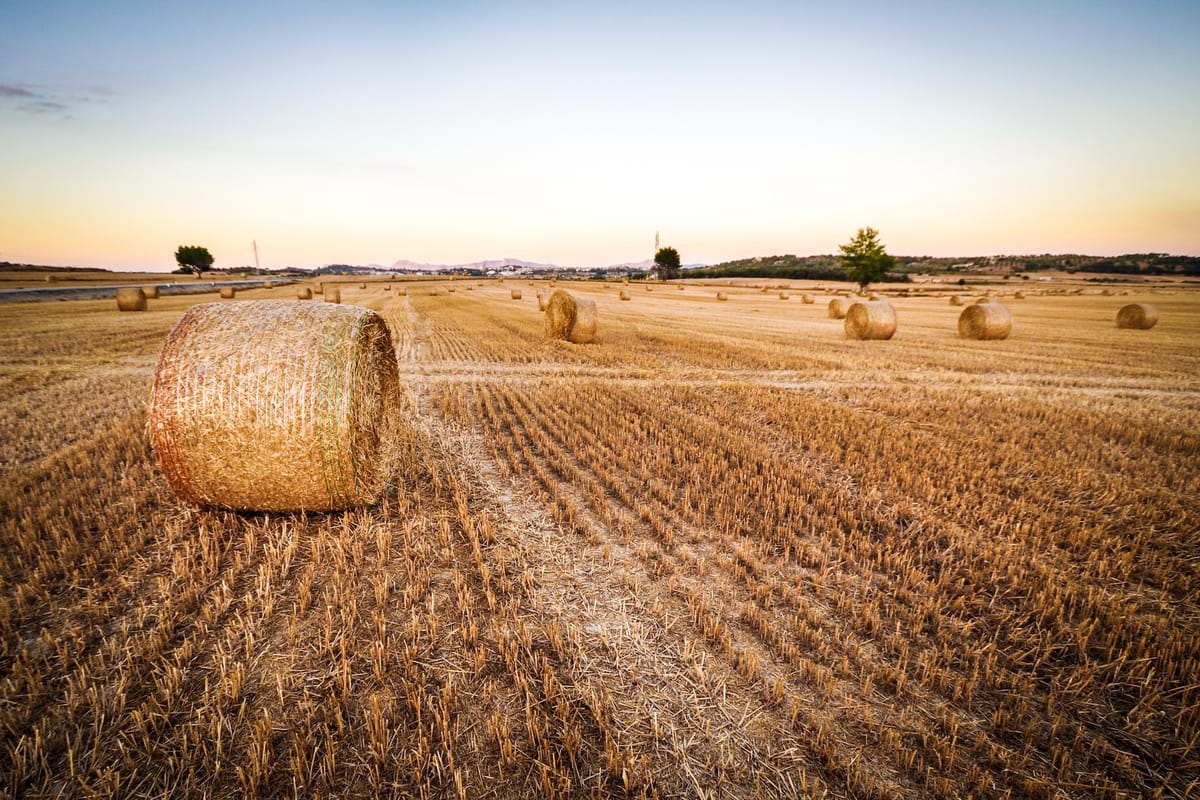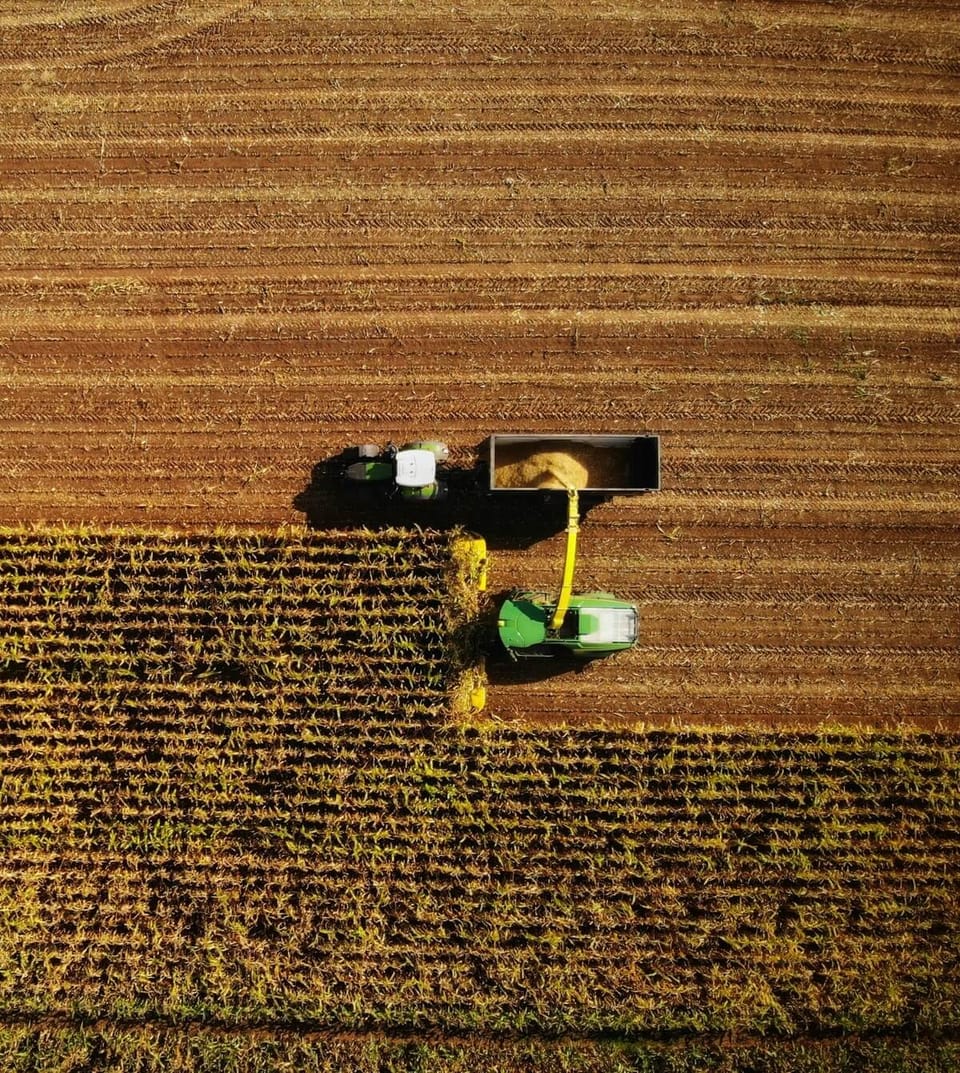Fast Facts About Agriculture & Food In USA
The U.S. agriculture and food system is vast, complex, and evolving. This article breaks down essential facts about what Americans grow, eat, export, and how sustainability is reshaping the industry.

2 million farms dot America’s rural landscape, and 98% are operated by families – individuals, family partnerships or family corporations (America’s Diverse Family Farms, 2020 Edition).
One U.S. farm feeds 166 people annually in the U.S. and abroad. The global population is expected to increase by 2.2 billion by 2050, which means the world’s farmers will have to grow about 70% more food than what is now produced.
About 11% of U.S. farmers are serving or have served in the military.
Cattle and calves, corn, and soybeans are the top three U.S. farm products.
86% of U.S. agricultural products are produced on family farms or ranches.
Farming accounts for about 1% of the U.S. gross domestic product.
After accounting for input costs, farmers and ranchers receive only 8 cents out of every dollar spent on food at home and away from home. The rest goes for costs beyond the farm gate: wages and materials for production, processing, marketing, transportation and distribution.
In 2018, $139.6 billion worth of American agricultural products were exported around the world. The United States sells more food and fiber to world markets than we import, creating a positive agricultural trade balance.
25% of all farmers are beginning farmers (in business less than 10 years); their average age is 46.
About 8% of U.S. farms market foods locally through direct-to-consumer or intermediated sales.
Americans enjoy a food supply that is abundant, affordable and among the world’s safest, thanks in large part to the efficiency and productivity of America’s farm and ranch families.
The pounds of feed (grain, forage, etc.) a dairy cow needs to eat to produce 100 pounds of milk has decreased by more than 40% on average in the last 40 years.
One acre of land can grow a variety of crops, including 50,000 pounds of strawberries or 2,784 pounds (46.4 bushels) of wheat.
Farm programs typically cost each American just pennies per meal and account for less than one-half of 1% of the total U.S. budget.
The number of farm operators of Spanish, Hispanic or Latino origin is higher than ever, up 13% to 112,451. There also are more Black farm operators (45,508, up 2%).
More than half of America’s farmers intentionally provide habitat for wildlife. Deer, moose, birds and other species have shown significant population increases for decades.
One day’s production for a high-producing dairy cow yields 4.8 pounds of butter, 8.7 gallons of ice cream or 10.5 pounds of cheese.
Careful stewardship by America’s food producers has spurred a 34% decline in erosion of cropland by wind and water since 1982.
On any given day, one in eight Americans will eat pizza.
Americans throw away about 25% of the food they purchase for at-home consumption.
Farm and ranch families comprise less than 2% of the U.S. population.
A whopping 40% of all food grown and produced in the U.S. is never eaten.
Total U.S. corn yield (tons per acre) has increased more than 360% since 1950.
About 25% of U.S. farm products by value are exported each year.
Of the 10% of disposable income Americans spend on food each year, 46% is for food eaten at home and 54% is for food eaten away from home.
Women make up 36% of the total number of U.S. farm operators; 56% of all farms have at least one female decision-maker.
Many Americans celebrate holidays with food, spending a total of nearly $14 billion each year.








